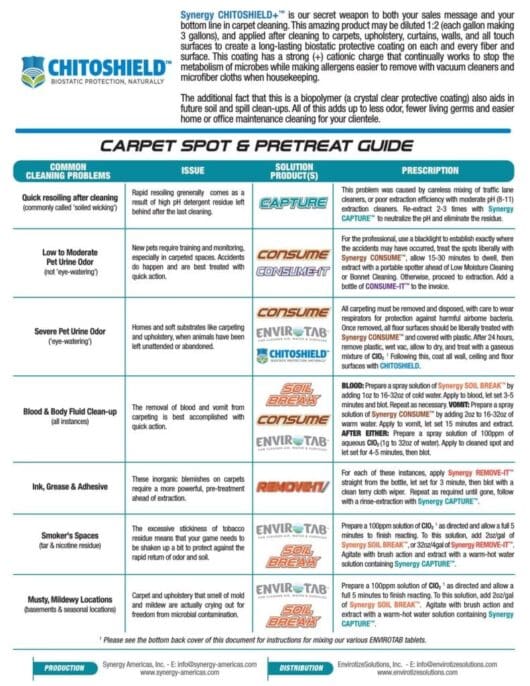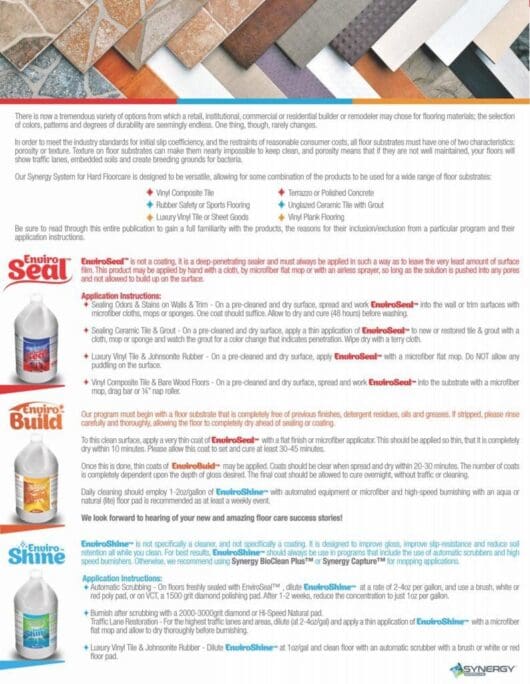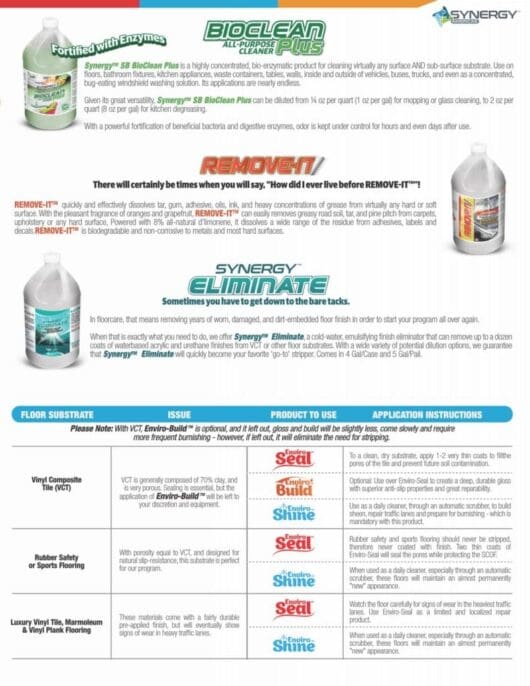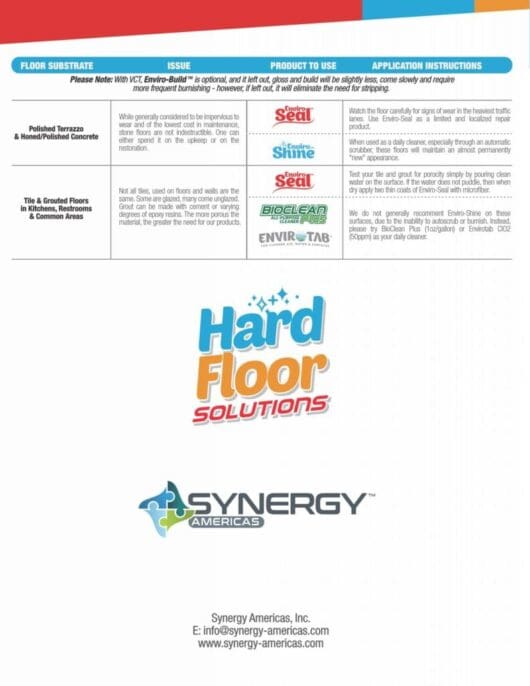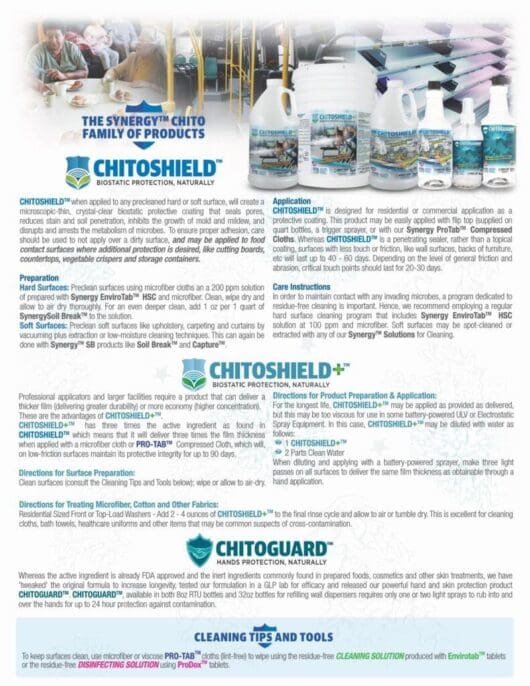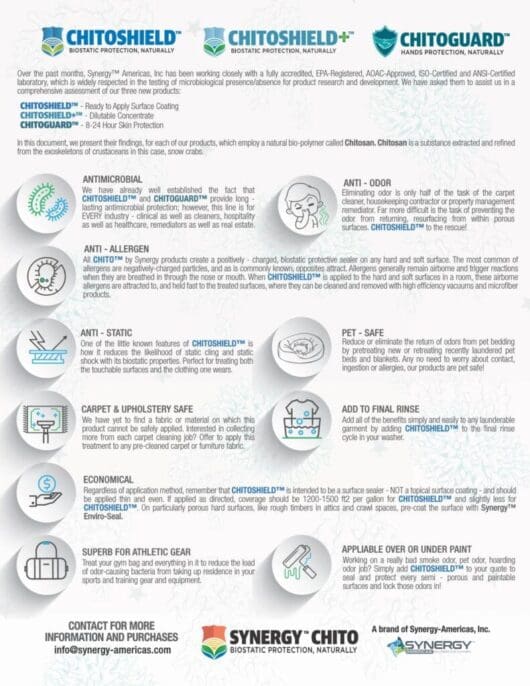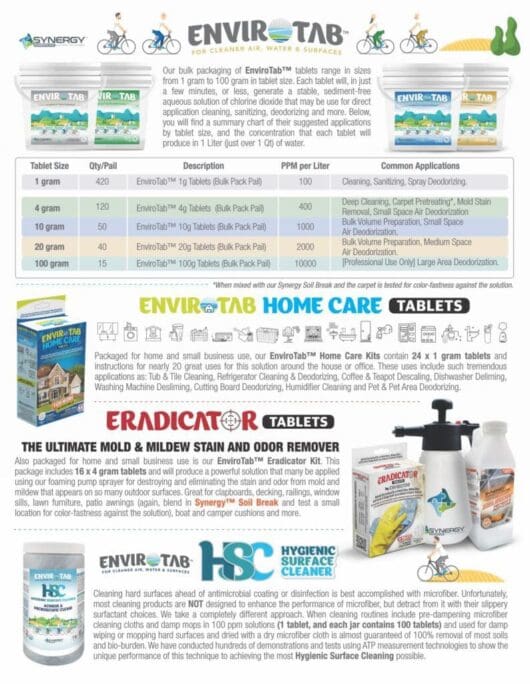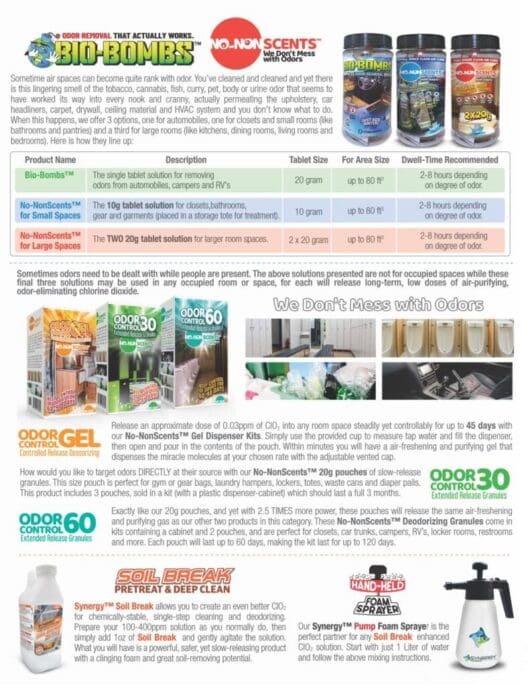Stay Connected...Drop Us a Line
For best user-experience, hit 'TAB' to move from field to field.
Cleaning Basics...Part 6
What is the Role of
Dwell-Time in Cleaning
Listen to the Audio Version:
Detergency & Dwell-Time:
As mentioned earlier, detergents and soaps work much on the same premise of combining a vehicle (water) with a natural or synthetic surfactant which has both a water-attracting property (on one end) and a soil-attracting property (the other end). These surfactant molecules need time to move through the cleaning solution, locate the soil and attach itself to these molecules. However, beware, the same property that attracts surfactants to soil, does so also to surfaces. Detergent that is left behind, after the water dries, will continue to attract soil to surfaces.
Reducing Dwell-Time:
Surfactancy and dwell-time, when applied to surface cleaning, may be reduced and offset by friction. Have you ever noticed how quickly a power washer removes soil? Our a scrub brush reduces cleaning times? Or wondered why hot water cleans better and faster than cold water? It's the agitation of the molecules in hot water that causes friction. Agitation, or friction, when placed in the balance, does quickly what surfactancy does over time.
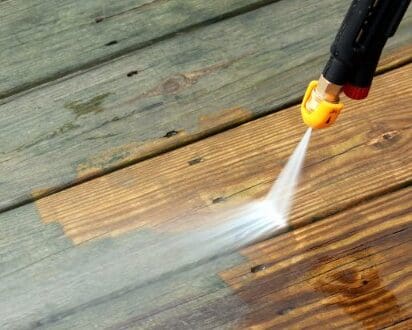
Dwell-time & Disinfection:
The exception to this is in disinfection.
Laboratory testing, required of all registered disinfectants, validates the performance of biocides on a number of levels - one of which is called the 'CT' Factor - Concentration x Time. To achieve the appropriate efficacy of disinfectants, dwell-time, concentration and soil loads must ALL be adhered to with almost scientific precision. To learn more on this subject, read our article on 'The Ignorance of Protocol' on our Thoughts page.





